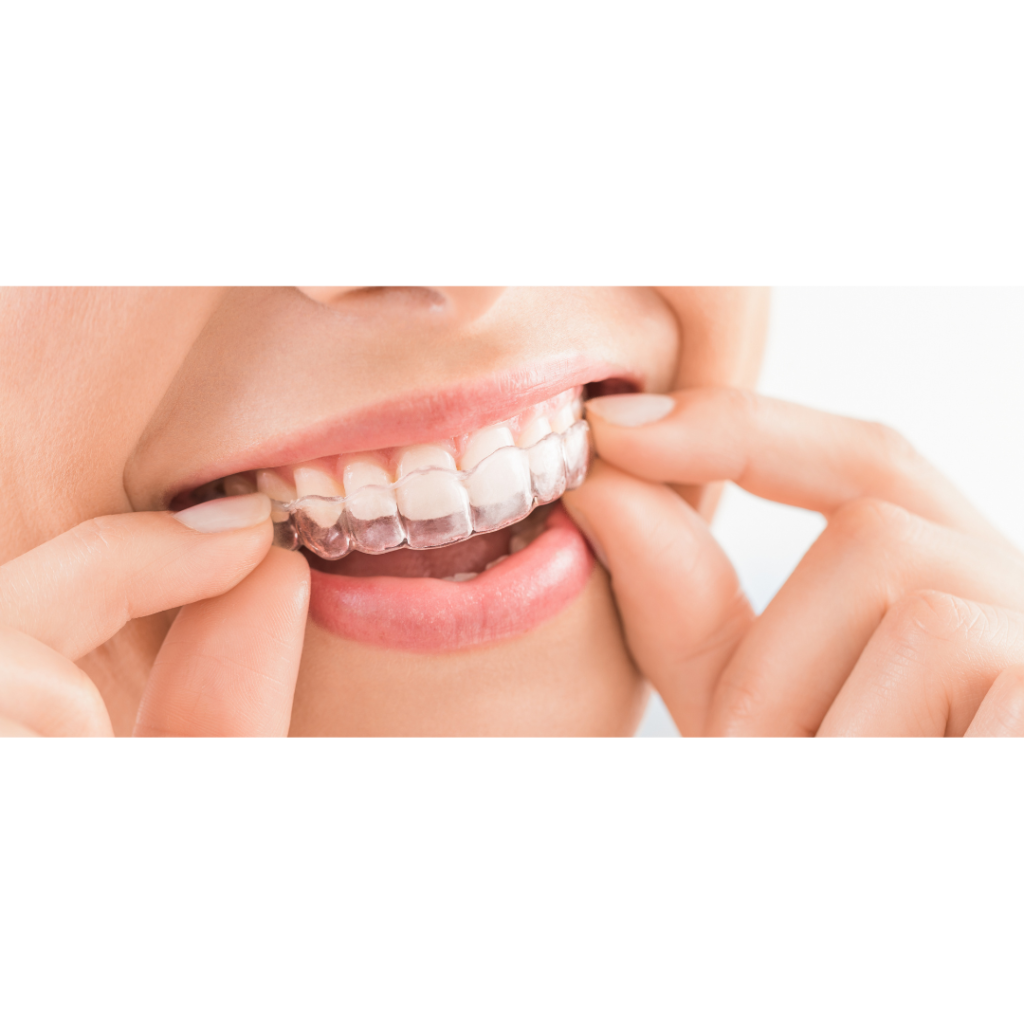
Invisalign has revolutionized orthodontic treatment, offering a discreet and comfortable way to straighten teeth. As an alternative to traditional metal braces, Invisalign involves wearing a series of custom-made, clear aligners that gradually shift your teeth into the desired position. This article delves into what Invisalign is, how it works, its benefits, and what patients can expect during treatment.
Invisalign is a modern orthodontic treatment that uses clear, plastic aligners to adjust and align teeth. Each aligner is custom-fitted to the patient’s teeth and designed to make small adjustments over time, leading to a straighter smile. The treatment is suitable for adults and teens with various orthodontic issues, including crowded teeth, gaps, overbites, underbites, and more.
Invisalign has transformed orthodontic treatment with its clear, custom aligners offering an aesthetic and convenient alternative to traditional braces. Here’s an in-depth look at how Invisalign works:
Invisalign, known for its clear aligners, offers a modern approach to orthodontics, combining aesthetics with functionality. Below is a detailed exploration of the numerous benefits that Invisalign provides:
Invisalign offers an effective, comfortable, and aesthetically appealing solution for those looking to straighten their teeth without the drawbacks of traditional braces. With the advancements in orthodontic technology, Invisalign continues to be a popular choice for patients seeking a more discreet form of teeth alignment. As with any dental treatment, a consultation with a dental professional is essential to determine if Invisalign is the right choice for your specific orthodontic needs.
Copyright 2023 © All Right Reserved